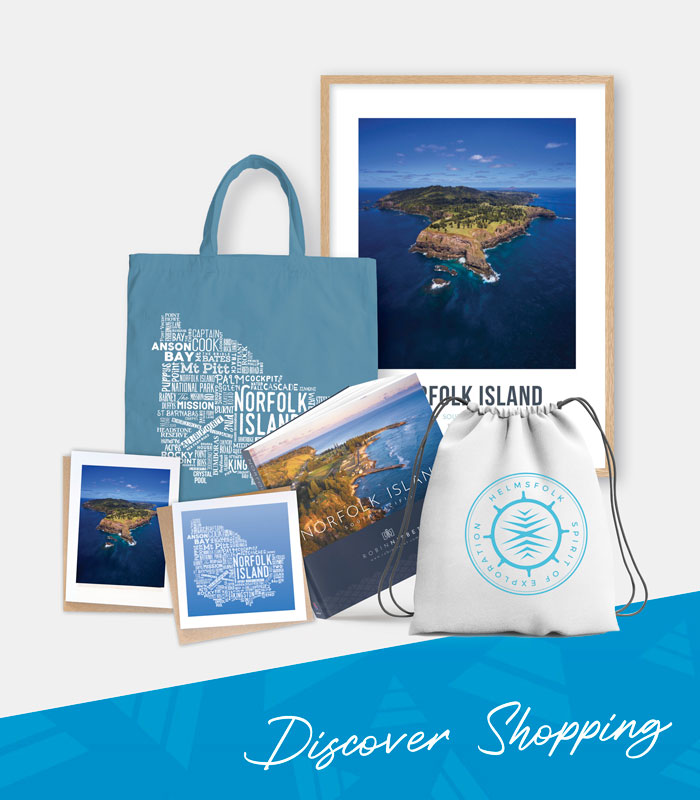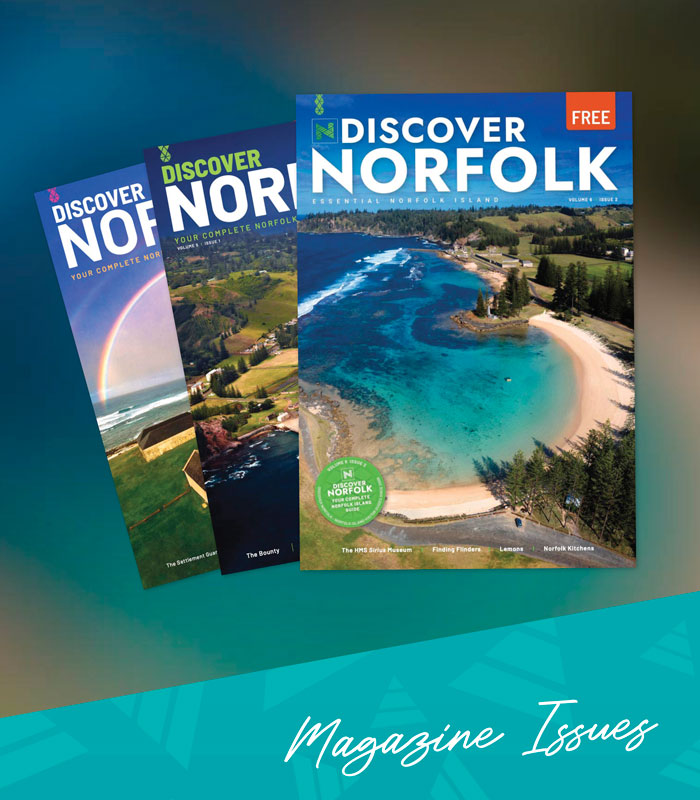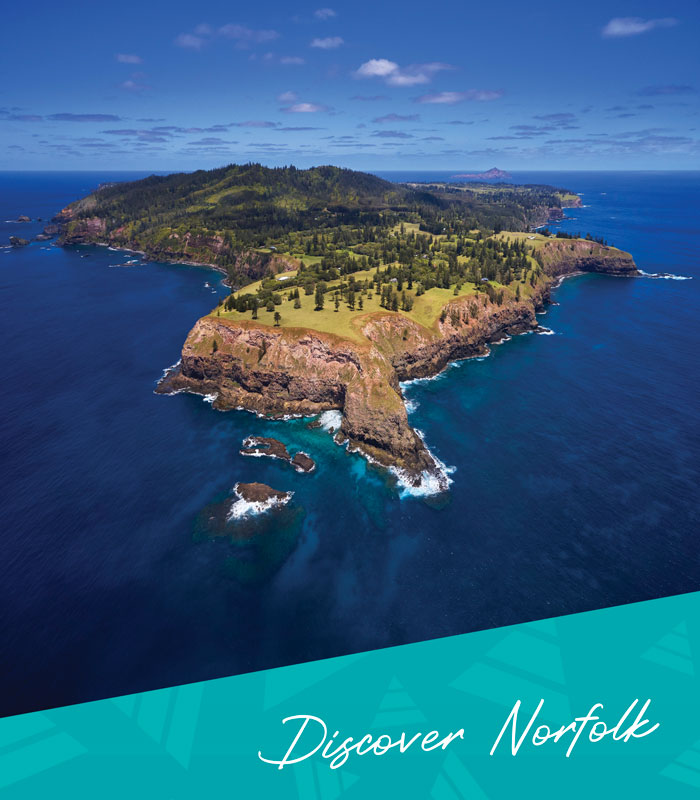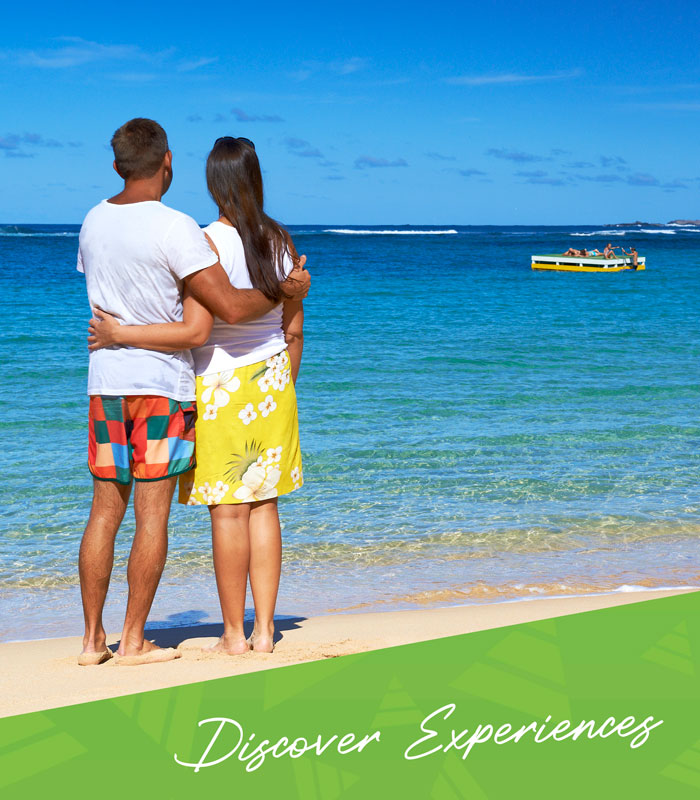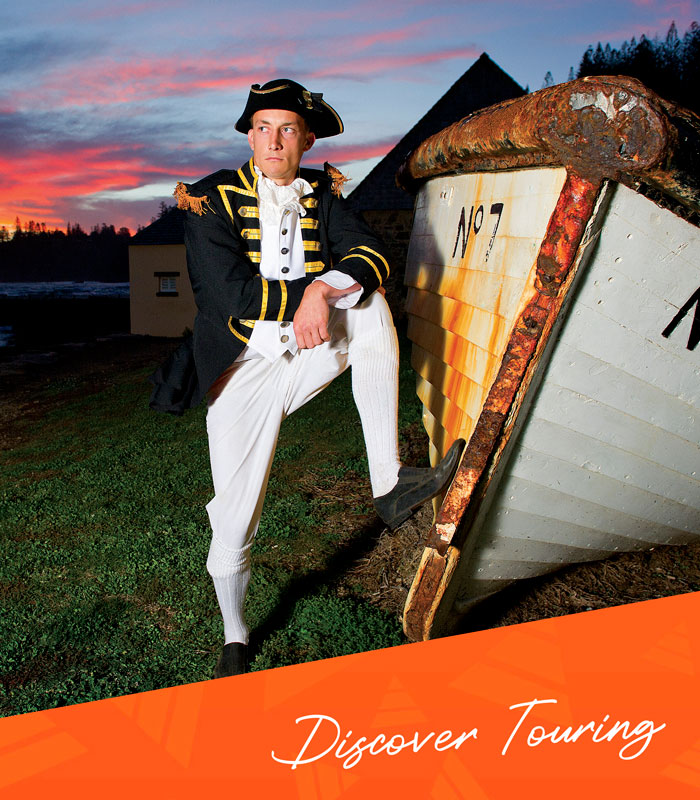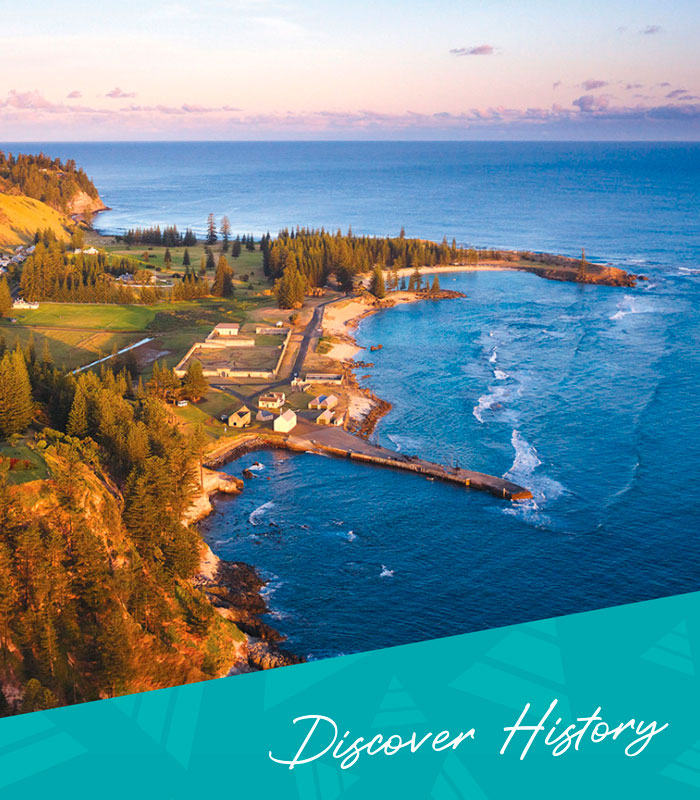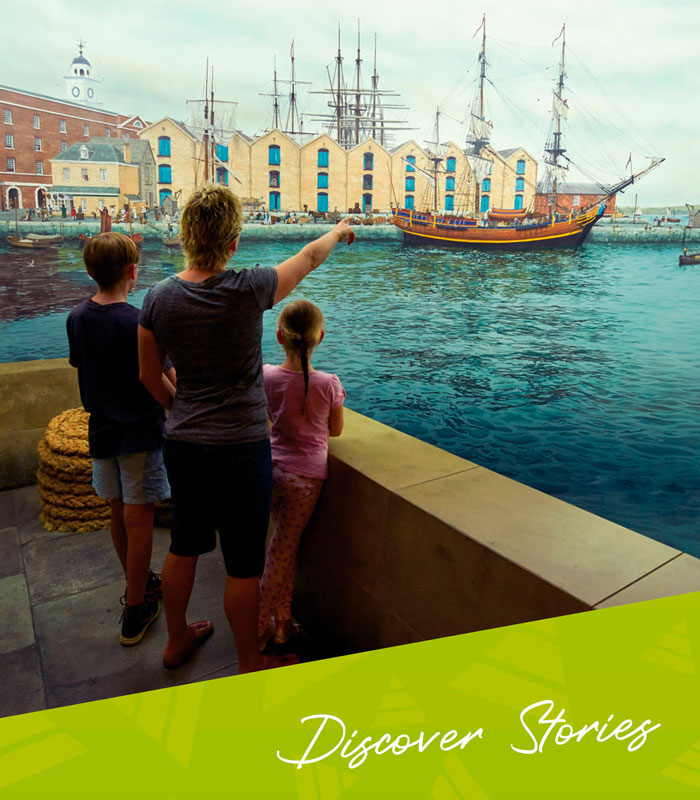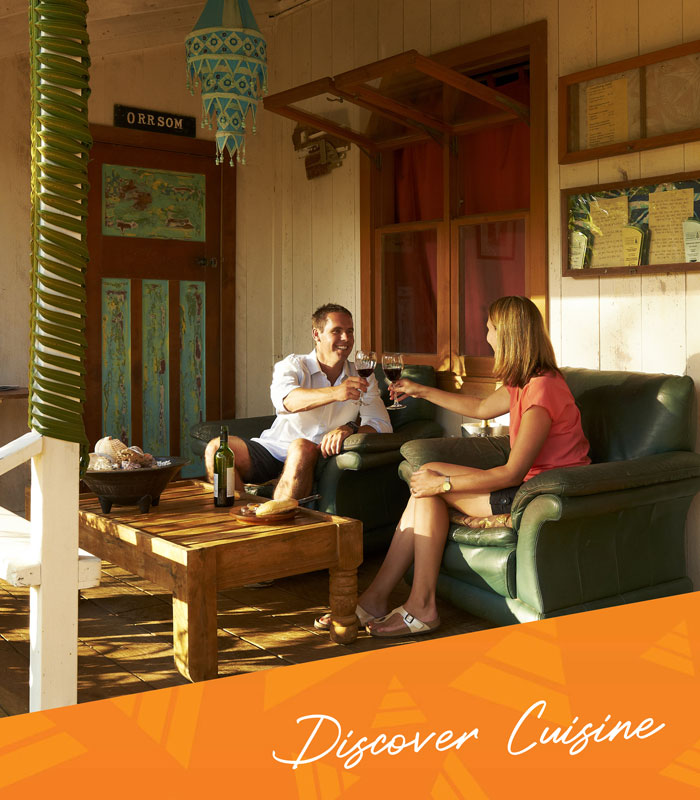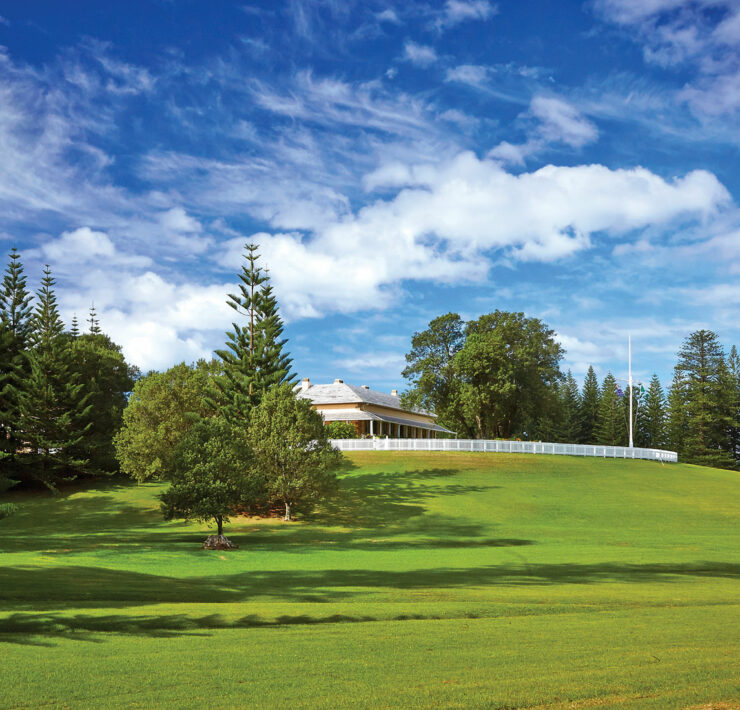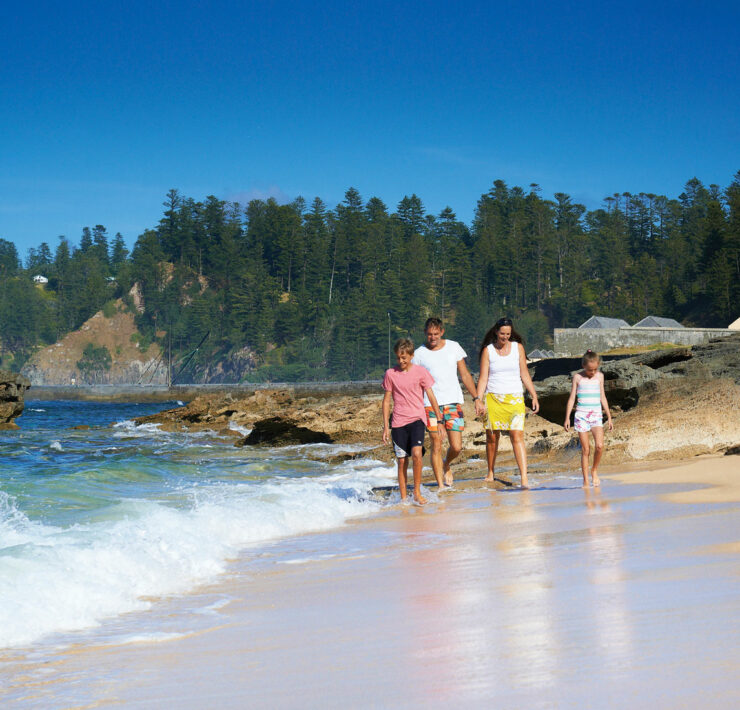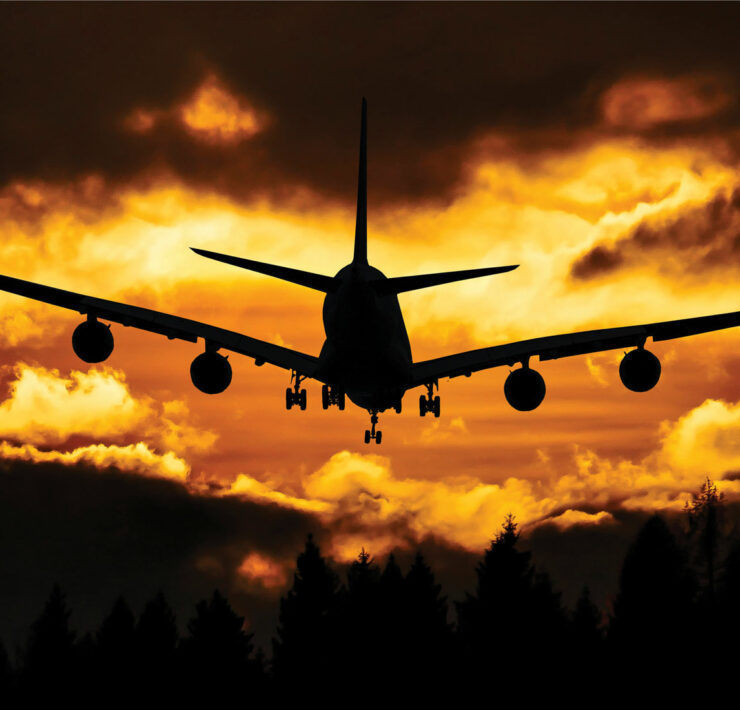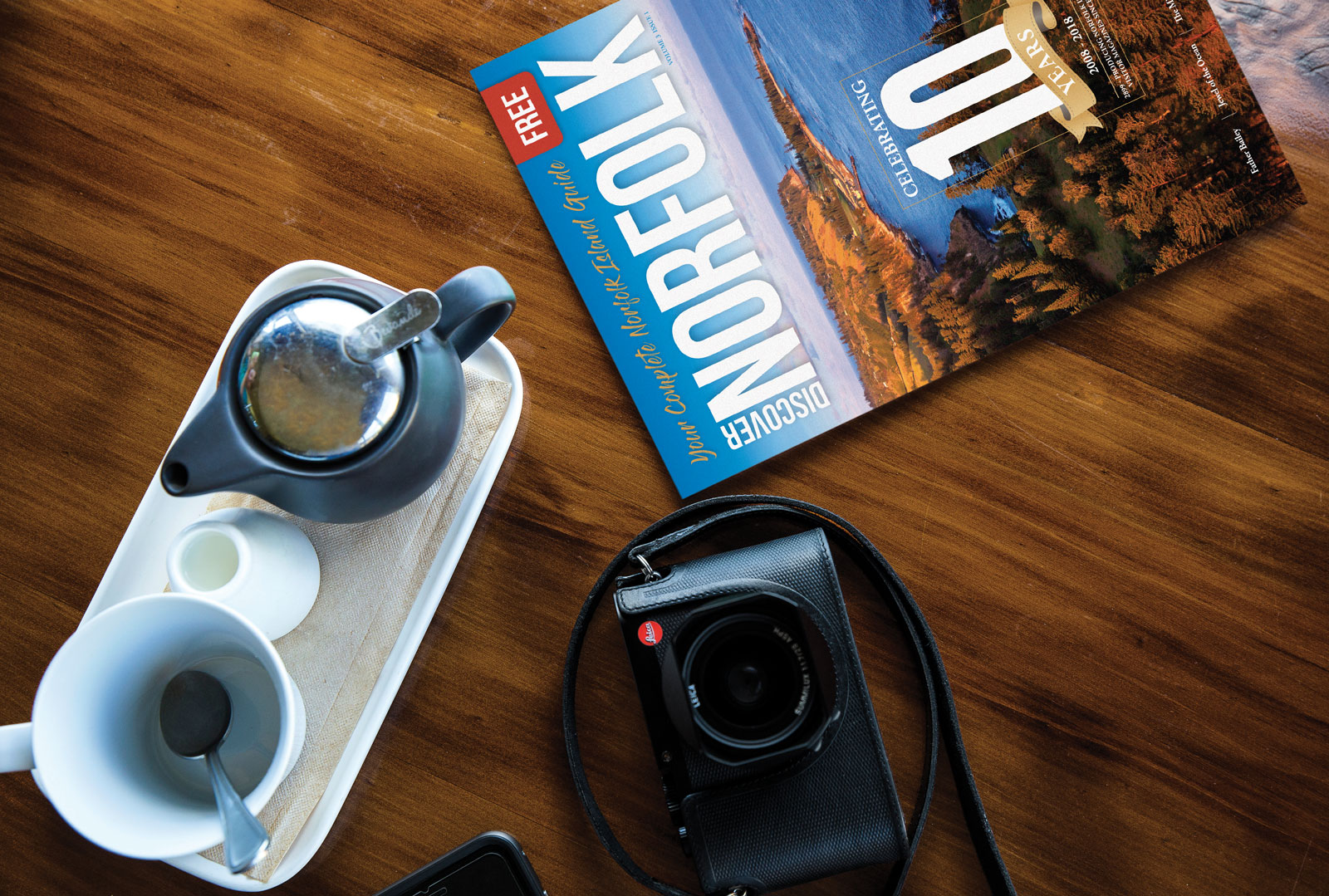
By Wing, Wind and Wave: How plants and animals made it to Norfolk Island.
Norfolk Island is a tiny speck of volcanic rock in the vast western Pacific Ocean; the closest continent is over 1500 kilometres to the west and the closest other land, the islands of New Caledonia, is about 800 kilometres to the north. For some 2.5 million years, Norfolk Island has existed above the waves, its extent waxing and waning as sea levels rose and fell. Norfolk Island and its neighbour Phillip Island, represent a very small part of a huge undersea mountain, itself one of many such submarine mountains along the Norfolk Ridge, which extends below the sea between northern New Zealand and New Caledonia. The islands in the Norfolk Island Group are the only land along the whole of the Norfolk Ridge.
Standing on the top of Mount Pitt and looking out across the island, it is obvious that the island is dominated by pine trees and the slopes below covered in dense rainforest. The forest is filled with unique plants and animals. The obvious question is how did these trees and other terrestrial plants and animals get to such a remote and tiny island in the middle of the ocean before humans intervened? And, from where did these plants and animals originate?
The probability of plant propagules, such as spores, seeds and rooting stems, reaching the island must be considered low. So must the likelihood of terrestrial animals such as land birds and reptiles getting to the island seem infinitesimally small. However, if given a very long period of time, the probability that a viable seed, for example, arrives at an island increases. A 1 in 1,000 year storm event that may bring a new species to the island is rare, but such events occur many times over the several million years that Norfolk Island has existed. We should also remember that Norfolk Island was as much as 75 times larger in aerial extent than it is at present, so that it would be a much bigger ‘target’ for birds and wind borne spores, seeds and insects upon which to land.
Whether by wing, wind or wave, plants found their way to Norfolk Island. Very slowly, a green mantle of vegetation began to spread across the island. Studies of many islands have found that birds are the main transport agent for plants. Birds can transport plant seeds amongst their feathers, stuck to their legs in mud and can carry seed afar in their stomach to be deposited upon arrival. The reason that ripe fruit is brightly coloured is to attract birds that eat the fleshy fruit, ingest the seeds and take them well away from the parent plant. Seeds often have an appendage or are attached to a covering that has a hook or bristle, which readily attaches to the feathers of birds. Some fruits are sticky for the same purpose. Large storms moving west to east brought the spores and seeds of plants and insects to the island, as they did birds.
The first plants arrived on the wind, most probably these were ferns or other small plants with spores or seeds that could be moved long distances by strong winds. The early Norfolk Island was not the same as we see today; it would have been larger and higher and was volcanically active for a long period of time during its creation. The first sparse, low-growing plants slowly expanded as larger and larger areas of soil accumulated and were colonised by other plants. Birds, migrating species and wandering seabirds, would visit as soon as land appeared, but without any vegetation or soil for burrowing, little seabird breeding took place. As time went by, more and more seabirds arrived and started to nest amongst the low vegetation; firstly surface nesting birds then later the burrowing species as soil depth increased. Bird droppings, the remains of marine animals brought to the island as food for growing young birds and dead birds enriched the developing soil. A similar colonisation of bare volcanic rock is being observed on Phillip Island today, where the vegetation was intensively grazed by pigs, goats and rabbits leading to the loss of virtually all of the original vegetation by the early 20th Century. Since the eradication of rabbits in the late 1980s, the vegetation on the island has made a relatively quick recovery and now looks much greener when viewed from Norfolk Island.
Plants also arrived by means of the ocean currents, which can carry parts of plants capable of growing great distances, this includes floating seeds, root masses and whole plants washed into the sea by floods. Beach plants have developed features through evolution that allow dispersal across the oceans, such as floating seeds, and are brought to remote islands by sea currents. Occasionally, logs, trees and even large chunks of living vegetation washed into the sea from New Zealand’s large west coast rivers, and pushed by ocean currents, arrived at Norfolk Island and delivered plants from that region. Floating material probably also came from Lord Howe Island, which is much older and shares some unique species with Norfolk Island. Some of this debris contained animals, such as reptiles and invertebrates, and perhaps the eggs of these animals. In this way reptiles reached the island, as did some large insects and terrestrial snails.
The early low growing vegetation would eventually be replaced by trees and shrubs as island conditions improved for their growth. Over millennia, the rainforest we see today evolved, eventually excluding the early low-growing grassland and other vegetation that would have covered the island.
As the plants arrived and either flourished or perished, a succession of land birds followed, blown in front of storms from afar or losing their way from their migratory paths. Cyclonic storms sweeping in from the west and north brought land birds to the island, some of which came in sufficient numbers to breed and become established. These species include the extinct Norfolk Island Starling and Norfolk Island Kaka, which arrived long ago and evolved into species distinct from those in their ancestral regions. More recent arrivals have not changed much and are regarded as subspecies, such as the Kingfisher and Fantail. New birds are still arriving on the island unassisted by humans and have become established, such as a small flock of Masked Woodswallows that turned up in 1996 and began breeding on the island. The most likely colonisers are birds that form flocks, such as pigeons and parrots, two groups that are often found on islands. Small flocks blown onto an island are likely to contain males and females, so breeding pairs are able to form without the need for further introductions.
Some birds survived and thrived on the island and can still be seen today, others lasted but a short time and died out as populations were too small or island conditions changed. Occasionally, reptiles arrived, two of which – a gecko and a skink, both shared with Lord Howe Island – eventually established on the island. The arrival of a snake on Norfolk Island was observed by botanist Allan Cunningham in 1830, who wrote “It is a circumstance however worthy of remark here, that it is possible this isolated spot might at some period be infested by serpents from other countries naturally producing them, since a land snake that has incidentally floated in a hollow limb of a tree from some of the islands to the northward and Eastward was found alive at the boat harbour on the Mg of the 4th July – having been thrown up on the reef in the Gale of the preceeding night. It had perfectly survived its voyage, for upon being laid before a fire, it became very active and made every effort to escape.” Based on the description given by Cunningham, the snake was probably a species of Pacific Boa from the tropical islands of New Caledonia. Invertebrates of all kinds came on the wind or were transported by floating debris. This process of long distance dispersal continues today, particularly with regard to birds and insects, and occasionally a new plant arrives, unaided by human intervention, to become established on the island.
Not surprisingly, the native plants on the island are a reflection of the floras of the closest land masses, the result is that the rainforest is composed of subtropical and warm temperate species from lands to the west, north and south. This is a similar picture to the bird fauna; for example, tropical and temperate species of seabird breed on the Norfolk Island group. Of the native plants on Norfolk Island, 51 percent are shared with Australia, 33 percent with New Zealand, 21 percent with New Caledonia and 6 percent with Fiji. About 39 precent is shared with Lord Howe Island, the closest land to the west, about 800 kilometres away. The higher percentages for Australia and Lord Howe Island can be explained by the fact that weather systems predominantly approach Norfolk Island from the west, so that the transport of plants and animals is more likely from that direction.
The rainforest on Norfolk Island is unique; neither the endemic species nor the combination of plant and animal species found on the island occur anywhere else in the world. The isolation of the island in the middle of a large ocean, the subtropical latitude and the geographic location between Australia, New Zealand and the tropical islands to the north, such as New Caledonia, were paramount in determining the character of the rainforest that was to evolve on Norfolk Island and that we see today. Like many islands, endemism is high on Norfolk Island. The endemic plants account for about 24 percent of the total indigenous flora; the islands also supported 15 endemic land birds prior to 1788 and two lizard species that are only found on Norfolk and Lord Howe Islands.
So next time you go walking in the forest, sit for a moment and contemplate the incredible story represented by the plants and animals around you and the natural heritage that is in our care.
____
Image Credit: Robin Nisbet
www.robinnisbet.com
____
Article content disclaimer: Article first published in YourWorld, Volume 05 Issue 02, 2015. Please note that details of specific travel, accommodation and touring options may be outdated. References to people, places and businesses, including operating days and times may be have changed. References to Government structure and Government businesses/entities may no longer be applicable. Please check directly with businesses and/or Government websites directly rather than relying on any information contained in this article before you make travel arrangements.


